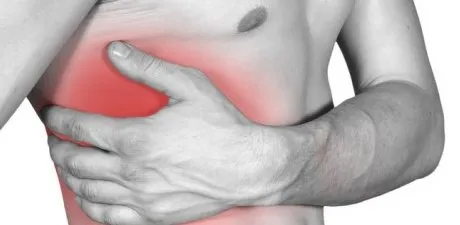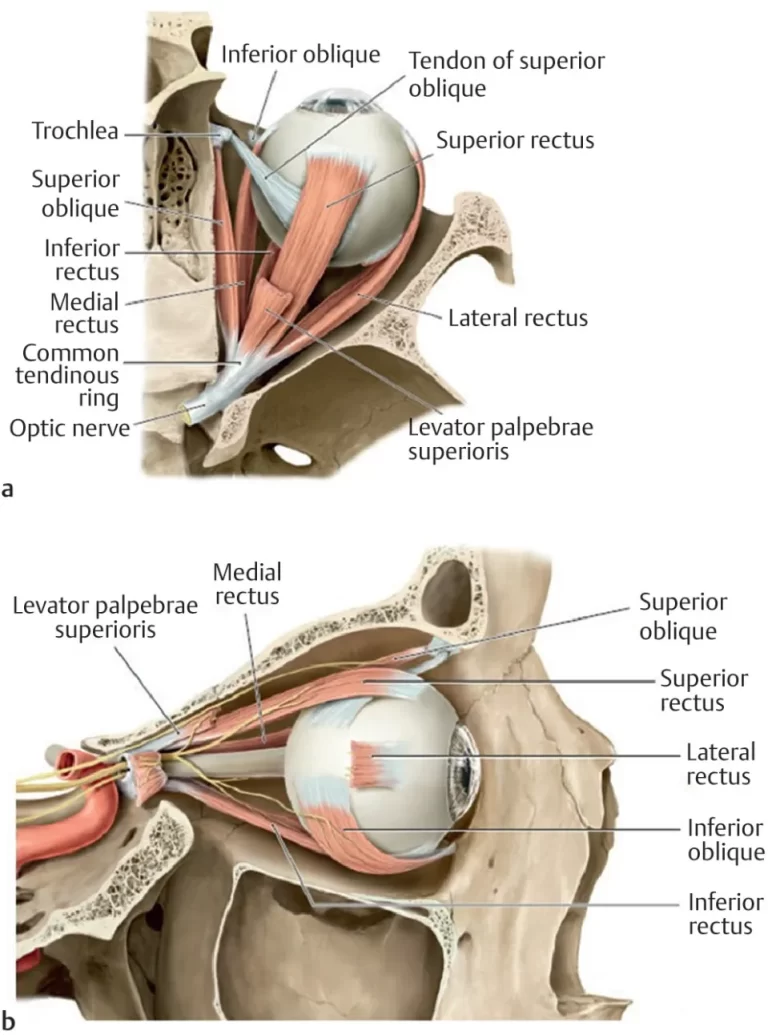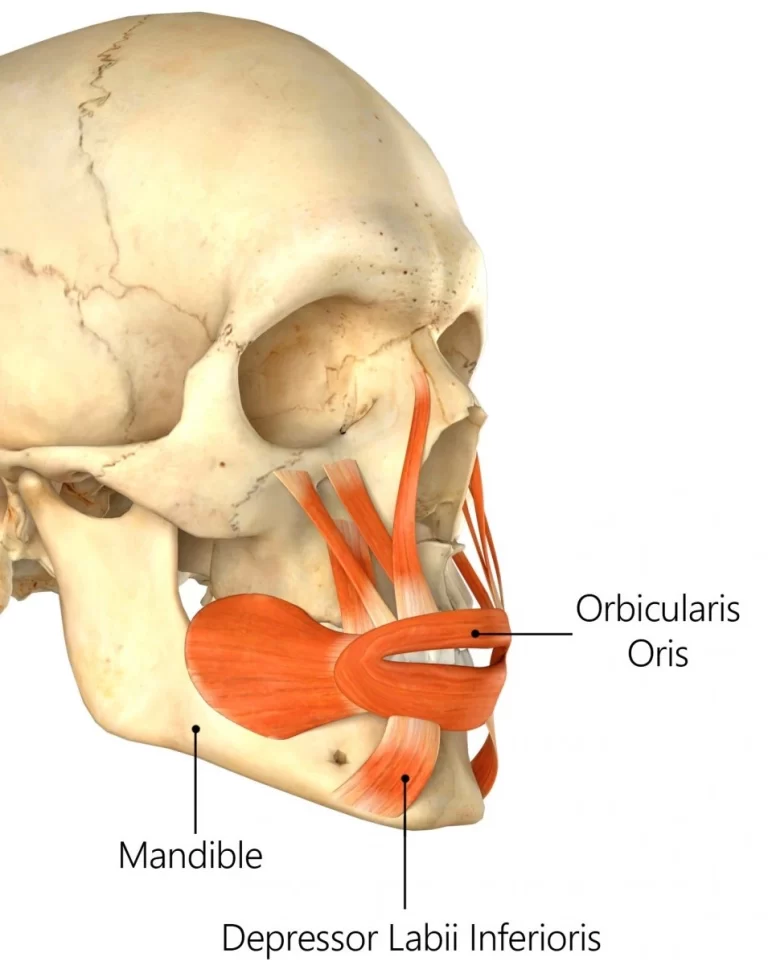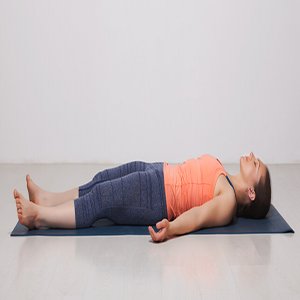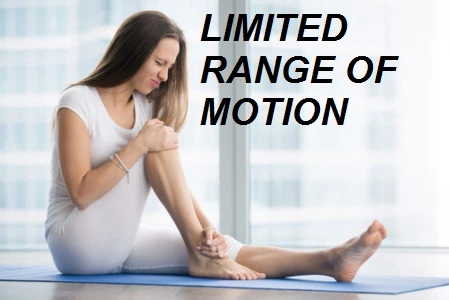Bent-Knee stretch test
- This test is also known as the BK stretch test.
- This test is applied by a doctor or therapist to check the tightness of proximal hamstrings.
- This test is applied in examine part of the assessment.
Purpose of bent-knee stretch test
- Demonstration of the Bent Knee Stretch Test
- This test is used to evaluate hamstrings as to the cause of hip or thigh pain.
The technique of this test :
- The patient lies supine with the AISI level.
- The examiner is try to balance the pelvis of both legs.
- The balancing implies a line that is joining the ASIS perpendicular to the two lines formed by straight legs.
- If a contracture is present, the affected leg forms an angle of less than 90′ with the line joining the two ASISs.
- When the examiner tries attempts to balance the lower limb with the pelvis, the pelvis is shifted down on the unaffected.
- Side / the unaffected side & so balancing is not possible.
Result of this test :
- Normally, hip abduction should be 30′ to 50′ before the ASIS moves.
- If the ASIS means anterior superior iliac spine moves before this degree means before 30′ to 50′ degree, it indicates the tightness of adductors muscle & also feels the muscle stretch in end feel.
- This type of contracture leads to functional shorting of the limb rather than of true shorting.
Pathology of the bent-knee stretch test :
- Proximal Hamstring Tendinopathy
- Hamstring Strain
Evidence of the bent-knee stretch test :
- Sensitivity of this bent-knee stretch test : 0.84
- Specificity of this bent-knee stretch test: 0.87
- PPV of this bent-knee stretch test: 0.86
- NPV of this bent-knee stretch test: 0.85
- LR+ of this bent-knee stretch test: 6.5
- LR- of this bent-knee stretch test: 0.18
Modification of bent-knee stretch test :
- For the Modification, the patient is lying supine, with the hip & knee are into extension.
- The therapist takes the heel into one hand & holds the knee with the other hand.
- The therapist brings the hip & knee in maximal flexion & then rapidly straightens the knee.
- This modification of tests is used to identify a hamstrings origin tendinopathy, but do not replace with an MRI

